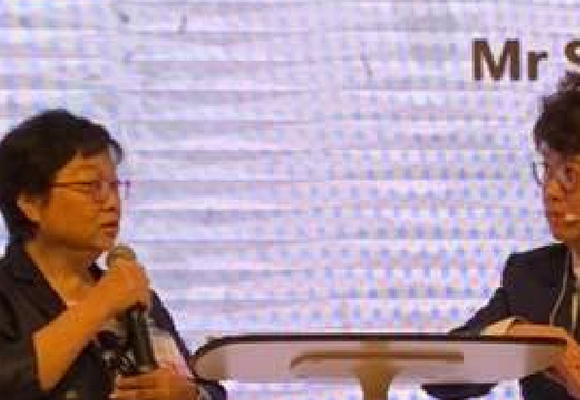The Scientific Basis for And Efficacy Of Optometric Vision Therapy in Nonstrabismic Accomodative And Vergence Disorders
Kenneth J. Ciuffreda, O.D., Ph.D.
State University of New York, State College of Optometry, Department of Vision Sciences, New York, New York
Background: For nearly 75 years, optometric vision therapy has been an important mode of therapy for both children and adults who manifested a range of nonstrabismic accommodative and vergence disorders.
Methods: In this article, the scientific basis for, and efficacy of, optometric vision therapy in such patients will be discussed. Using bio-engineering models of the oculomotor system as the conceptual framework, emphasis will be focused on studies that used objective recording techniques to directly assess therapeutically related changes in oculomotor responsivity.
Results and Conclusions: The findings clearly support the validity of optometric vision therapy. Furthermore, the results are consistent with the tenets of general motor learning.
Optometric vision therapy for nonstrabismic accommodative and vergence disorders involves highly specific, sequential, sensory-motor-perceptual stimulation paradigms and regimens. It incorporates purposeful, controlled, and scientifically based manipulations of target blur,disparity, and proximity,with the aim of normalizing the accommodative system, the vergence system, and their mutual
interactions.1-3In addition, other sources of sensory information, such as kinesthesia (e.g., touching the near test object) and audition (e.g., oculomotor auditory biofeedback) correlated to the accommodative and vergence states (e.g.,position, innervation, effort, etc.) can provide cue reinforcement. Inclusion of related behavioral modification paradigms, such as general relaxation, (e.g., “think far or near”), and attentional shaping visual imagery may help one learn to initiate (i.e., provide a “trigger” mechanism)
and/or enhance the appropriate motor responses. However, the ultimate goal of optometric vision therapy is not simply to impact positively on various aspects of the oculomotor system perse, in isolation, but to attain clear and comfortable binocular vision at all times. It involves oculomotor integration with the head (i.e., eye-head coordination), neck(i.e., proprioceptive information), limbs,and overall body, with information from the other sensory modalities, producing temporally efficient, coordinated behavior within a context of harmonious spatial sense under a variety of external and internal conditions and states.
Ciuffreda KJ. The scientific basis for and efficacy of optometric vision therapy in nonstrabismic accommodative and vergence disorders. Optometry 2002;73:735-62.


